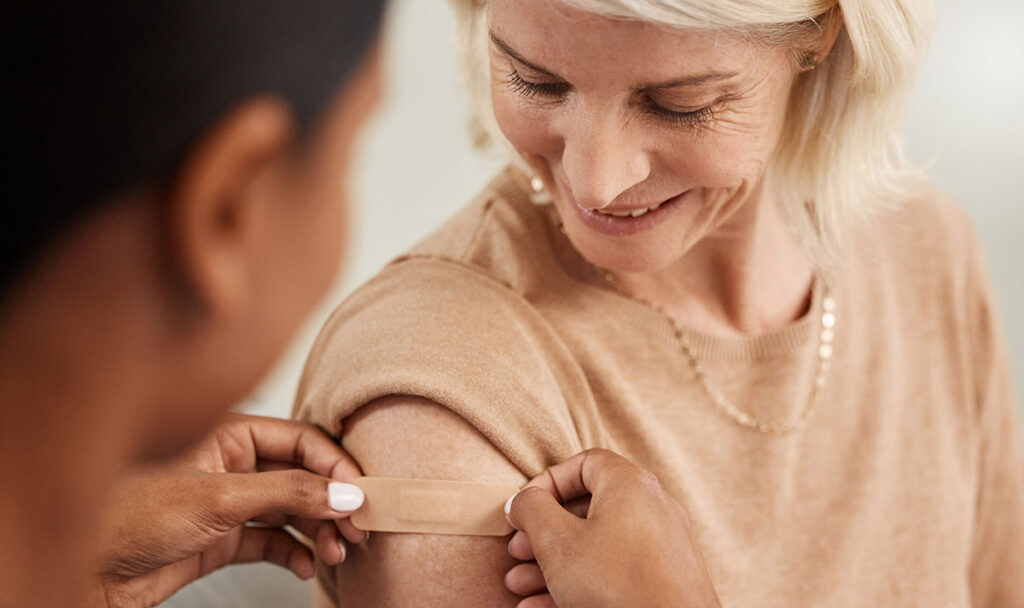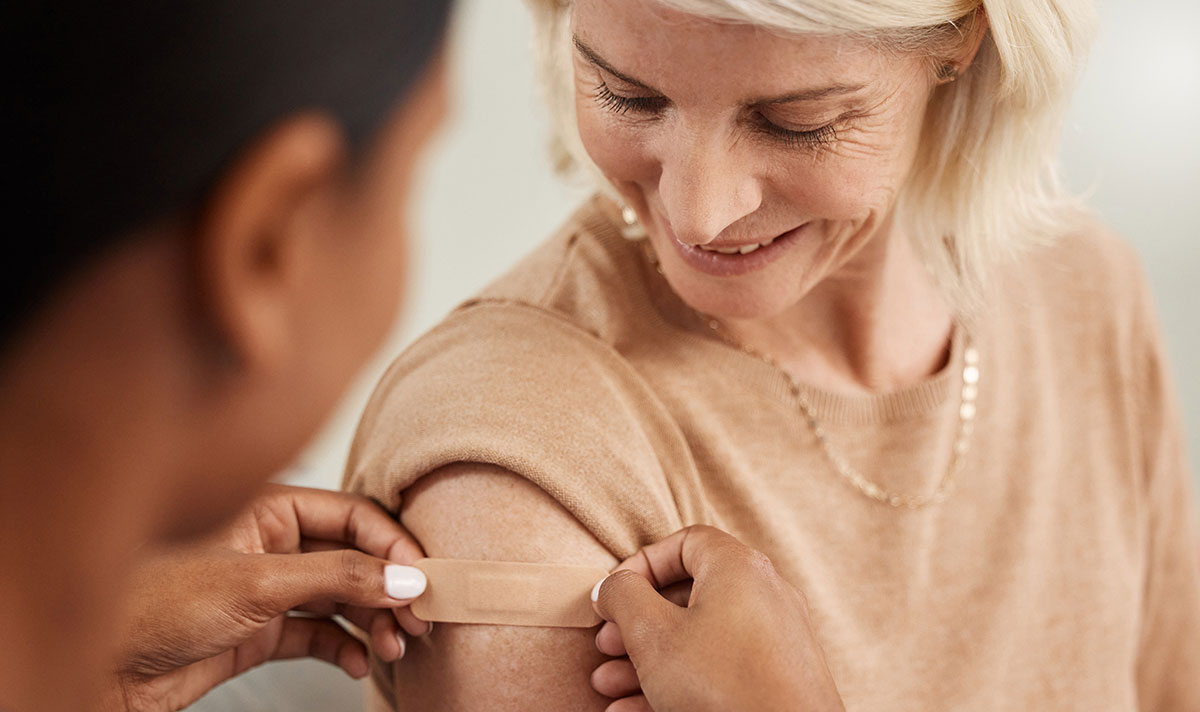
Chikungunya Vaccine: Your Shield Against the Aedes Mosquito
Chikungunya virus, transmitted by the bite of infected Aedes aegypti and Aedes albopictus mosquitoes, poses a significant health threat, causing debilitating joint pain, fever, and rash. If you’re seeking information on how to protect yourself and your loved ones, you’ve come to the right place. This comprehensive guide delves into the world of Chikungunya vaccines, exploring their development, efficacy, availability, and the crucial role they play in safeguarding public health. We aim to provide an in-depth, expert-backed resource that empowers you to make informed decisions about prevention and treatment.
Understanding the Threat: What is Chikungunya?
Chikungunya fever, often simply called Chikungunya, is a viral disease characterized by a sudden onset of fever, often accompanied by severe joint pain (arthralgia). The name “Chikungunya” is derived from a Kimakonde word, meaning “to walk bent over,” referring to the stooped posture adopted by sufferers due to the intense joint pain. While not typically fatal, the chronic joint pain can persist for months or even years, significantly impacting quality of life.
The virus is primarily transmitted through the bites of infected Aedes aegypti and Aedes albopictus mosquitoes, the same mosquitoes that transmit dengue fever and Zika virus. These mosquitoes are aggressive daytime biters, further increasing the risk of transmission in endemic areas. Understanding the life cycle of these mosquitoes, their breeding habits, and peak biting times is crucial for implementing effective prevention strategies.
While Chikungunya outbreaks have historically been concentrated in Africa, Asia, and the Indian subcontinent, the global reach of the virus is expanding due to increased international travel and the adaptability of the mosquito vectors to new environments. This makes understanding and preventing Chikungunya a global health priority.
The Science Behind Chikungunya Vaccines
Vaccines represent a powerful tool in the fight against infectious diseases, and Chikungunya is no exception. The development of a Chikungunya vaccine has been a long and complex process, involving extensive research and clinical trials. The goal is to stimulate the body’s immune system to produce antibodies that can neutralize the virus and prevent infection.
Different vaccine development strategies have been explored, including:
- Live-attenuated vaccines: These vaccines use a weakened form of the virus to induce an immune response. They typically offer strong and long-lasting immunity but may not be suitable for individuals with weakened immune systems.
- Inactivated vaccines: These vaccines use a killed version of the virus. They are generally safe for a wider range of individuals but may require multiple doses to achieve adequate protection.
- Subunit vaccines: These vaccines use specific viral proteins to trigger an immune response. They are considered safe and well-tolerated but may not provide as robust immunity as live-attenuated vaccines.
- Virus-like particle (VLP) vaccines: These vaccines use virus-like particles that mimic the structure of the virus but do not contain any genetic material. They can elicit a strong immune response without the risk of infection.
The first Chikungunya vaccine approved for use, Ixchiq, is a live-attenuated vaccine. Other vaccine candidates are in various stages of clinical development, using different approaches to stimulate immunity.
Ixchiq: A Breakthrough in Chikungunya Prevention
Ixchiq, developed by Valneva, represents a significant milestone in the fight against Chikungunya. It is a single-dose, live-attenuated vaccine approved by the FDA for adults 18 years and older who are at increased risk of exposure to the Chikungunya virus. Ixchiq works by introducing a weakened version of the virus into the body, prompting the immune system to produce antibodies that can neutralize the virus upon subsequent exposure. In clinical trials, Ixchiq demonstrated high efficacy in inducing neutralizing antibody responses.
Key Features of Ixchiq
- Single-dose regimen: The single-dose administration simplifies vaccination logistics and improves patient compliance.
- Live-attenuated technology: The live-attenuated approach elicits a strong and durable immune response.
- High efficacy: Clinical trials have demonstrated high rates of seroconversion, indicating a robust immune response.
- Indication for at-risk adults: Approved for adults 18 years and older at increased risk of Chikungunya virus exposure.
Detailed Feature Analysis of Ixchiq
Let’s delve deeper into the specific features of Ixchiq and how they contribute to its effectiveness:
- Live-Attenuated Virus: This is the core technology. The live, but weakened, virus closely mimics a natural infection, stimulating a broad and potent immune response. The body recognizes a real threat (though harmless), mobilizing multiple arms of the immune system, including antibody production and cellular immunity. This results in a more comprehensive and longer-lasting protection than some other vaccine types.
- Single-Dose Administration: This dramatically improves accessibility and compliance. Unlike multi-dose vaccines, individuals only need one injection to achieve protection. This is particularly important in resource-limited settings or for travelers who may not have the opportunity to complete a full vaccination series.
- High Seroconversion Rate: Clinical trials showed a high percentage of participants developed protective antibody levels after vaccination. This indicates the vaccine is highly effective at stimulating the immune system to recognize and neutralize the Chikungunya virus.
- Safety Profile: While side effects are possible with any vaccine, Ixchiq has demonstrated a generally acceptable safety profile in clinical trials. Common side effects are typically mild and self-limiting, such as fever, headache, and joint pain.
- Targeted Indication: The vaccine is specifically indicated for adults at increased risk. This allows healthcare providers to prioritize vaccination for those who would benefit the most, such as travelers to endemic regions, individuals living in areas with active outbreaks, and laboratory workers handling the virus.
The Advantages of Chikungunya Vaccination with Ixchiq
The most significant advantage of the Chikungunya vaccine is, of course, protection against the debilitating symptoms of the disease. This includes the acute fever and, critically, the chronic joint pain that can persist for months or even years, severely impacting mobility and quality of life. Vaccination offers a proactive defense against this potential long-term suffering.
Beyond individual health benefits, widespread vaccination can contribute to reduced transmission rates within communities. By immunizing a significant portion of the population, the spread of the virus can be slowed or even halted, protecting those who cannot be vaccinated, such as infants or individuals with certain medical conditions.
Reduced healthcare burden is another key advantage. Chikungunya outbreaks can strain healthcare systems, requiring significant resources for diagnosis, treatment, and supportive care. Vaccination can decrease the number of cases, alleviating this burden and freeing up resources for other public health priorities.
Users have consistently reported a sense of security and peace of mind knowing they are protected against Chikungunya, especially when traveling to or residing in endemic areas. This psychological benefit should not be underestimated, as it can significantly reduce anxiety and improve overall well-being.
Finally, vaccination can lead to economic benefits by reducing lost productivity due to illness. Individuals who are protected from Chikungunya are less likely to miss work or school, contributing to a more productive workforce and a stronger economy.
A Trustworthy Review of Ixchiq
Ixchiq represents a significant advancement in preventing Chikungunya. Its single-dose regimen and live-attenuated technology offer a promising approach to achieving long-lasting immunity. From a practical standpoint, the single dose greatly simplifies the vaccination process. Imagine traveling to a region where Chikungunya is prevalent. A single shot provides significant protection, unlike regimens requiring multiple visits.
In terms of performance, clinical trials have demonstrated high seroconversion rates, indicating the vaccine’s effectiveness in stimulating the immune system. Users in trials have reported experiencing a range of side effects, most of which were mild. For example, some experienced transient joint pain or fever, which typically resolved within a few days.
Pros:
- High Efficacy: Demonstrated high seroconversion rates in clinical trials, indicating strong protection against Chikungunya.
- Single-Dose Regimen: Simplifies vaccination logistics and improves patient compliance.
- Long-Lasting Immunity: Live-attenuated technology suggests the potential for durable protection.
- Reduced Disease Burden: Can contribute to reduced transmission rates and healthcare costs.
- Peace of Mind: Provides individuals with a sense of security and protection against Chikungunya.
Cons/Limitations:
- Live-Attenuated Vaccine: Not suitable for individuals with weakened immune systems or pregnant women.
- Potential Side Effects: Common side effects include fever, headache, and joint pain.
- Limited Availability: May not be readily available in all regions.
- Cost: The cost of the vaccine may be a barrier for some individuals.
Ixchiq is ideally suited for adults 18 years and older who are at increased risk of exposure to the Chikungunya virus. This includes travelers to endemic regions, individuals living in areas with active outbreaks, and laboratory workers handling the virus. It’s less suitable for individuals with compromised immune systems, who should explore alternative preventative measures.
One main alternative to vaccination is mosquito bite prevention. This includes using insect repellent, wearing long sleeves and pants, and avoiding areas with high mosquito populations. While effective to some extent, these measures can be difficult to implement consistently, especially in areas with high mosquito densities.
Overall, Ixchiq represents a valuable tool in the fight against Chikungunya. While it has some limitations, its high efficacy and single-dose regimen make it a promising option for individuals at increased risk. Consult with your healthcare provider to determine if Ixchiq is right for you.
Protecting Yourself and Your Community
Chikungunya vaccines offer a powerful means of protection against this debilitating disease. Understanding the science behind the vaccines, their features, and their benefits empowers you to make informed decisions about your health and the health of your community. By staying informed and taking proactive steps, we can collectively reduce the impact of Chikungunya and safeguard public health. Share this guide with your friends and family, and let’s work together to create a healthier future.

